#WickBeumee Wildlife Habitat Management Area
Photo
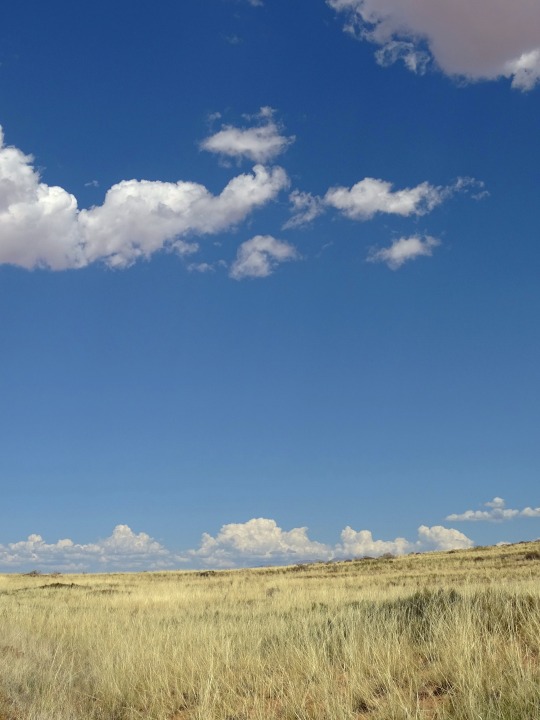
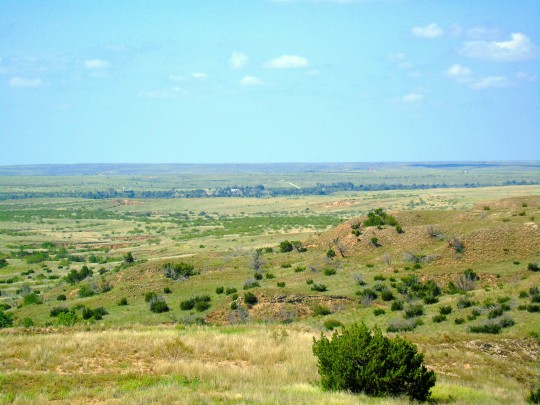
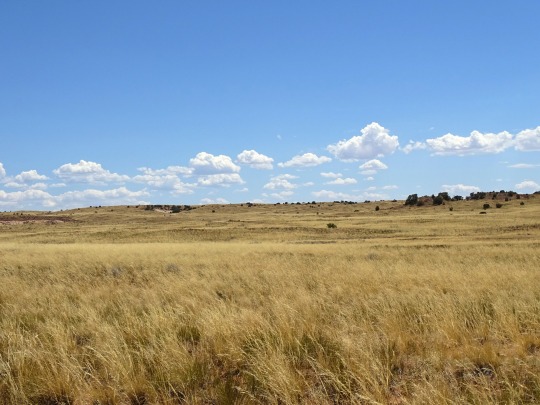

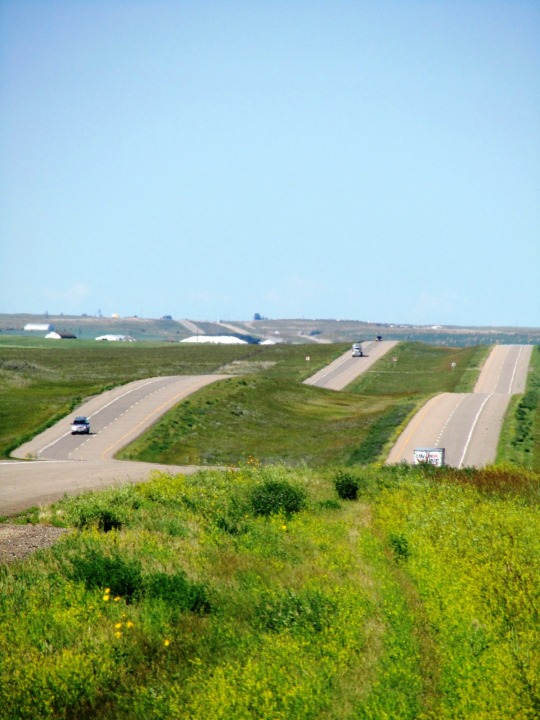
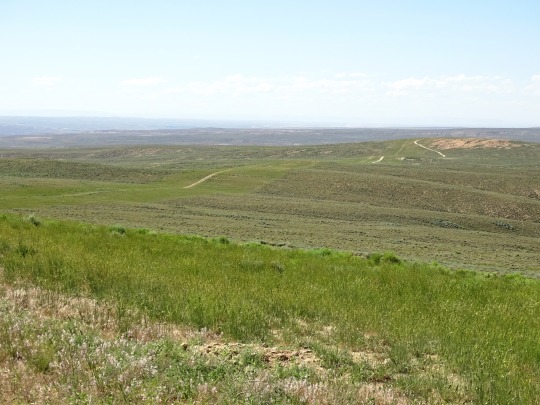
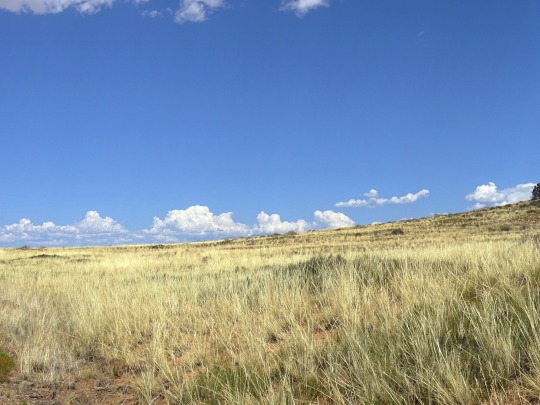

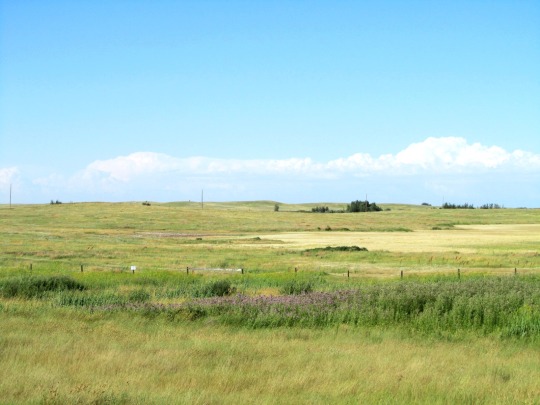
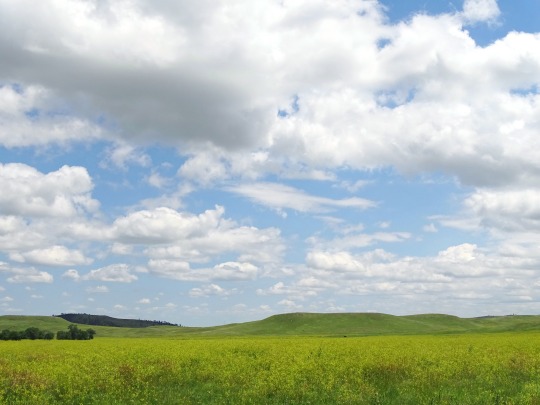
National Prairie Day
National Prairie Day, on June 3 this year, celebrates the beauty and ecological value of this often-overlooked ecosystem. Spanning more than a dozen American states and several Canadian provinces, the North American prairie is a vast grassland that offers more biodiversity and beauty than most people realize. With their endless, gently rolling plains and highly productive soils, prairies have been a valued location for farming and ranching for thousands of years. Today, only 1% of tallgrass prairie in the United States remains untouched by farming or development. National Prairie Day promotes the appreciation and conservation of America’s native prairies.
History of National Prairie Day
The United States is home to a dazzling array of geographies and environments. Some, like the towering redwoods of California or the majestic cascades of Niagara Falls, enjoy worldwide reputations as media darlings and tourist hotspots. Other ecosystems, like the humble prairie that covers much of the interior United States, receive fewer accolades but play crucially important roles in the development of the nation.
Defined as a flat grassland with a temperate climate and derived from the French for ‘meadow,’ ‘prairie’ has become almost synonymous with the expansion of the American frontier. Flanked by the Great Lakes and the grandiose Rocky Mountains, the North American prairie extends across 15% of the continent’s land area. Other examples of similar grasslands around the world include the pampas in Argentina, the Central Asian steppes, and the llanos of Venezuela.
There’s more to the prairie than meets the eye. In fact, tall grass prairies host the most biodiversity in the Midwest and provide a home for dozens of rare species of animals and plants, including bison, antelope, elk, wolves, and bears.
Native prairies face extinction as more and more land is converted to agricultural and ranching use. Due to its rich, fertile soil, prairie land is prized for agricultural use. Around the world, almost three-quarters of agricultural regions are located in grassland areas. With only 1% of tallgrass prairie in the U.S. remaining untouched, the American tallgrass prairie is now one of the most endangered ecosystems on the planet. The Missouri Prairie Foundation launched National Prairie Day in 2016 to raise awareness and appreciation for the nation’s grasslands. The organization seeks to protect and restore native grasslands by promoting responsible stewardship, supporting acquisition initiatives, and providing public education and outreach.
National Prairie Day timeline
6000 B.C. The Prairie Forms
The North American prairie forms roughly 8,000 years ago when receding glaciers give way to fertile sediment.
1800s The American Prairie Decimated
Throughout the 19th century, farmers and ranchers, excited about the rich potential of prairie soil, convert almost all of the American prairie to farmland and grazing land.
Early 1930s The Dust Bowl
The combination of years of mismanagement, the stock market crash, and drought conditions come to a head as thousands of families in Oklahoma, Texas, and other parts of the Midwest lose everything when their farms fail, driving them to California and elsewhere to seek work in more fertile fields.
2016 First National Prairie Day
The Missouri Prairie Foundation launches the National Prairie Day campaign to promote awareness and conservation of the vanishing ecosystem.
National Prairie Day FAQs
Why don't prairies have any trees?
The environment of the prairie, with its flat terrain, regular droughts, and frequent fires, is uniquely suited to grasses that don’t require a lot of rainfall or deep soil to thrive.
Why are prairies important?
The prairie provides an irreplaceable home for hundreds of plant and animal species, as well as exceedingly fertile soil for human agriculture and ranching. Prairie destruction has had catastrophic effects, like the Dust Bowl that decimated American farms in the 1930s. Prairies also contribute to the conservation of groundwater.
Why did the Dust Bowl happen?
The Dust Bowl disaster that swept the U.S. and Canada in the 1930s had several natural and man-made causes, including severe drought and a failure to properly manage farmland and conserve precious topsoil. A series of intense dust storms wiped out agriculture, eroded the soil, and left the land unable to produce crops.
National Prairie Day Activities
Learn about the prairie
Donate to a conservation group
Plan a visit to a famous prairie
Do a little research to learn about this important American ecosystem and the role it has played in the cultural and economic development of our country.
If you're concerned about the loss of the American prairie, donate to a grasslands conservation group to support their work.
Do you live near a prairie? Try finding the grassland nearest you and plan a visit.
5 Interesting Facts About Prairies
‘Prairie schooners’
Dogtown
Where the buffalo roam
Carbon hero
Rising from the ashes
During the 1800s, when Americans embarked on the long journey westward, their covered wagons were often referred to as ‘prairie schooners.’
Prairie dogs live in vast networks of underground burrows called ‘towns,’ which can cover hundreds of acres and house thousands of prairie dogs with complex social relationships.
When Europeans first arrived in North America, up to 60 million bison roamed the plains — by 1885, there were fewer than 600.
Prairies can help fight climate change — one acre of intact prairie can absorb about one ton of carbon each year.
On the prairie, wildfires can actually be a healthy thing — with more than 75% of their biomass underground, prairie plants are uniquely suited to surviving and thriving after a fire.
Why We Love National Prairie Day
The prairie often gets overlooked
Native grasslands are critically endangered
It reminds us of the diversity of America's ecosystems
It's not often we remember to celebrate grasslands, yet the prairie plays an important role in America's cultural past and environmental future.
With only 1% of America's native prairie remaining, it's more urgent than ever to conserve and protect this vital resource.
The United States has more environmental variety than almost any other country on earth. Celebrating each unique ecosystem reminds us to appreciate and protect all the beauty our country has to offer.
Source
#Colorado#South Dakota#Wyoming#Alberta#Saskatchewan#nature#flora#WickBeumee Wildlife Habitat Management Area#Custer State Park#Rock Springs#Pilot Butte Wild Horse Scenic Loop#Trans-Canada Highway#Texas#landscape#countryside#summer 2022#2019#original photography#wildflower#meadow#first Saturday in June#3 June 2023#National Prairie Day#NationalPrairieDay
60 notes
·
View notes
Text

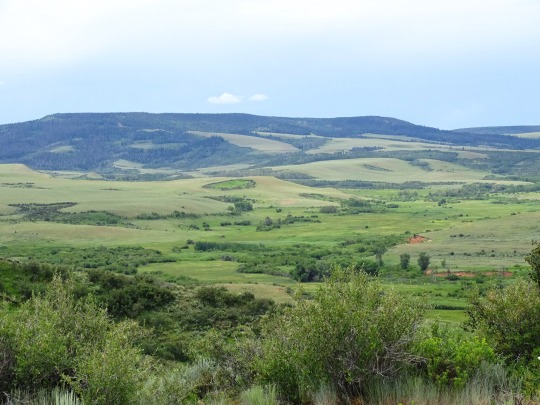







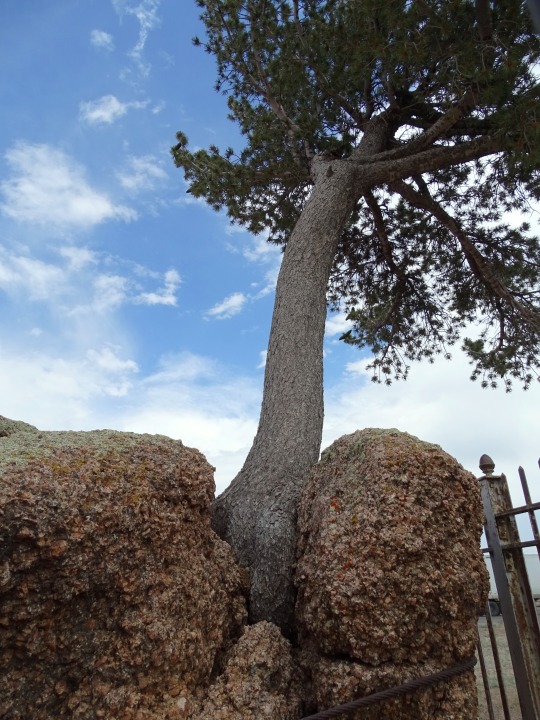


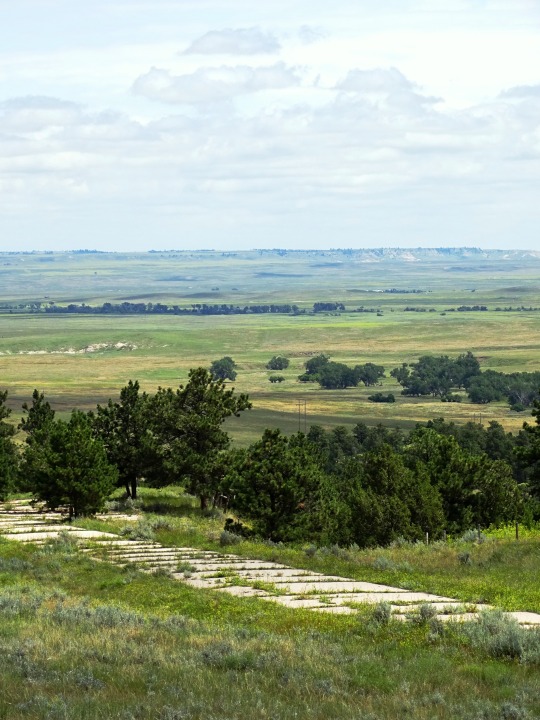

The Wyoming Territory was established on July 25, 1868.
#Pilot Butte Wild Horse Scenic Loop#Rock Springs#Navigation by Joshua Wiener#Rawlins#WickBeumee Wildlife Habitat Management Area#Torrington#Lusk#Tree Rock#Sherman Pass#White Mountains#Rocky Mountains#Sherman Mountains#Wyoming Territory#established#25 July 1868#155th anniversary#US history#architecture#cityscape#original photography#vacation#tourist attraction#landmark#landscape#travel#countryside#USA#Wyoming#summer 2019
12 notes
·
View notes
Text



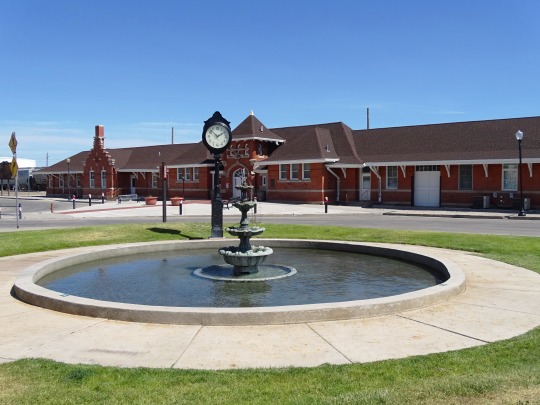

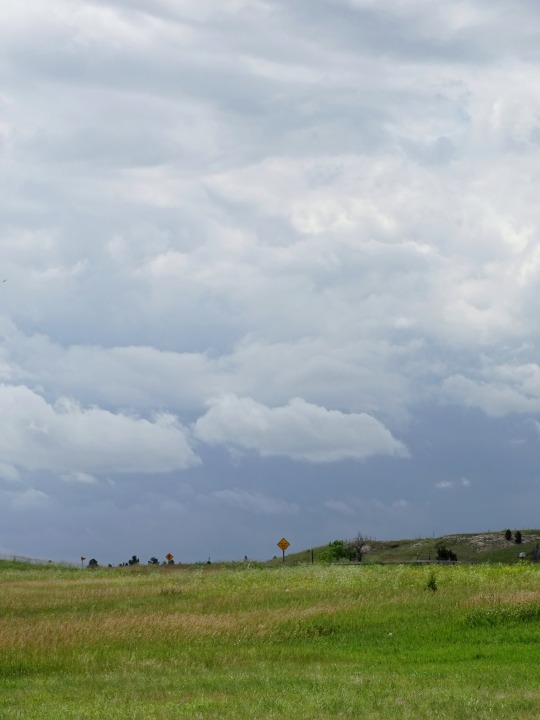


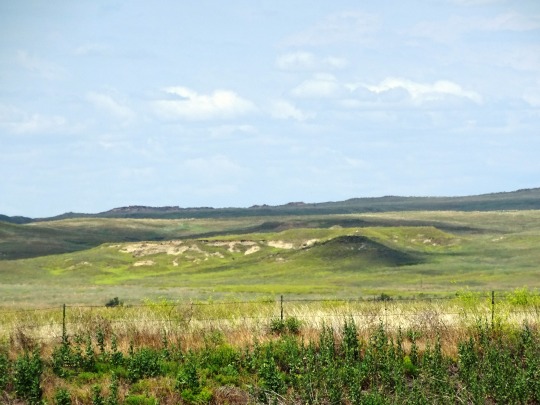
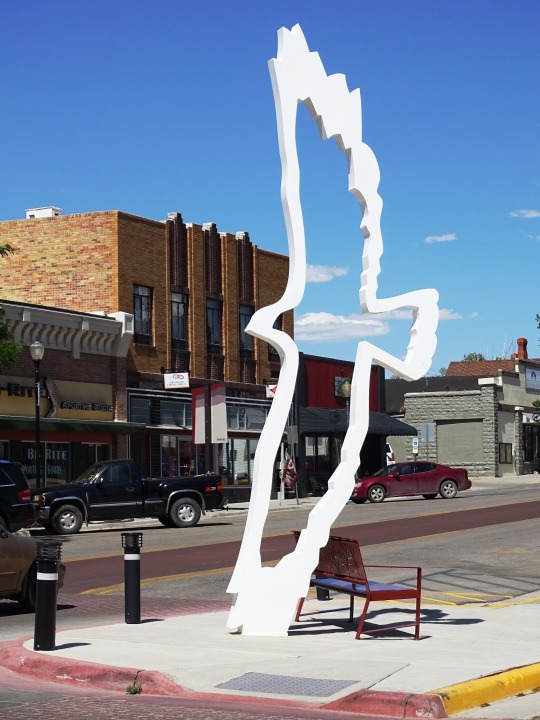
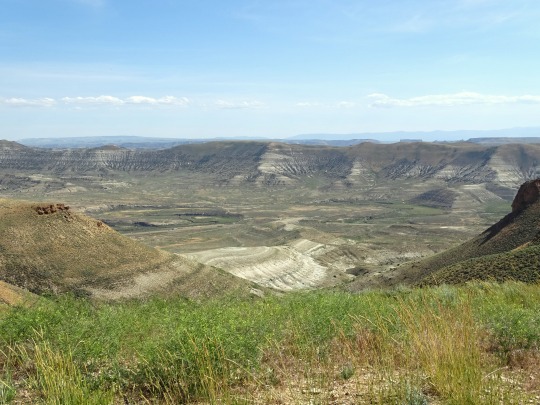

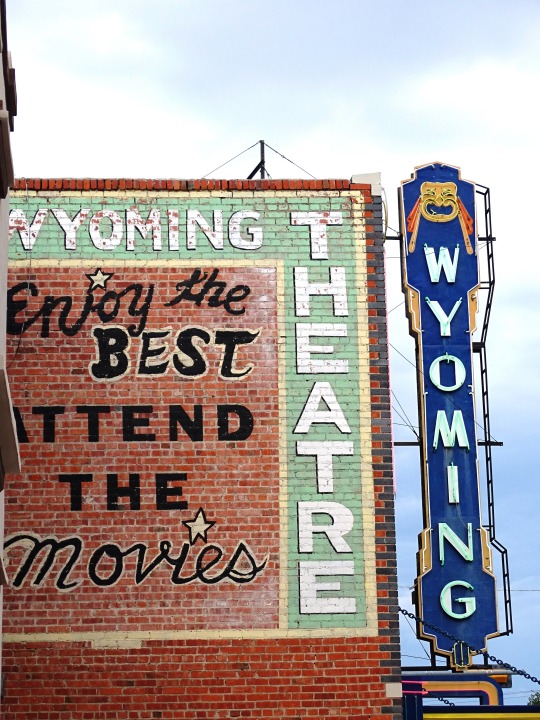


Wyoming was admitted as the 44th U.S. state on July 10, 1890.
#Torrington#White Mountains#Pilot Butte Wild Horse Scenic Loop#WickBeumee Wildlife Habitat Management Area#Navigation by Joshua Wiener#Rawlins#Rock Springs#Rocky Mountains#travel#original photography#vacation#tourist attraction#landmark#cityscape#architecture#landscape#Wyoming#44th US State#10 July 1890#anniversary#US history#summer 2019#USA#Mountain West Region#Big Sky Country#flora#nature
4 notes
·
View notes
Photo
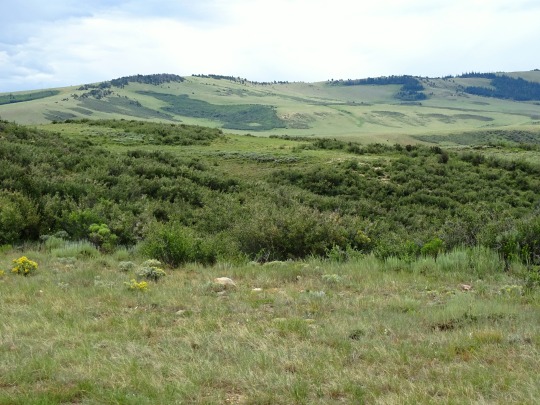
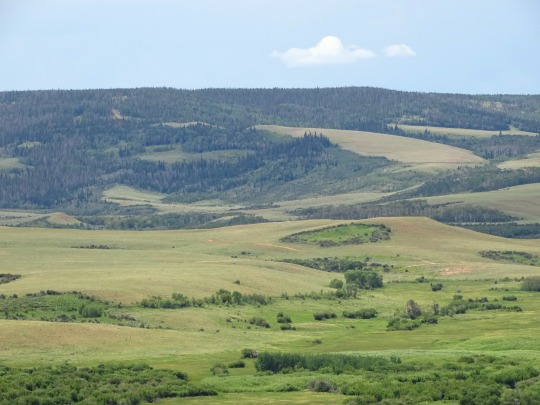
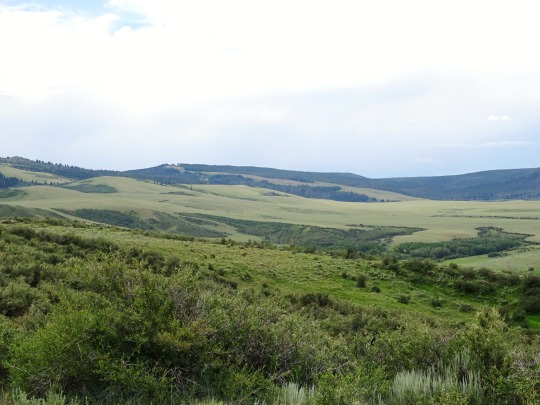

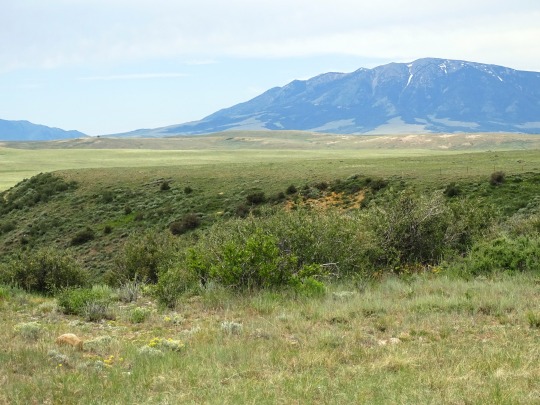
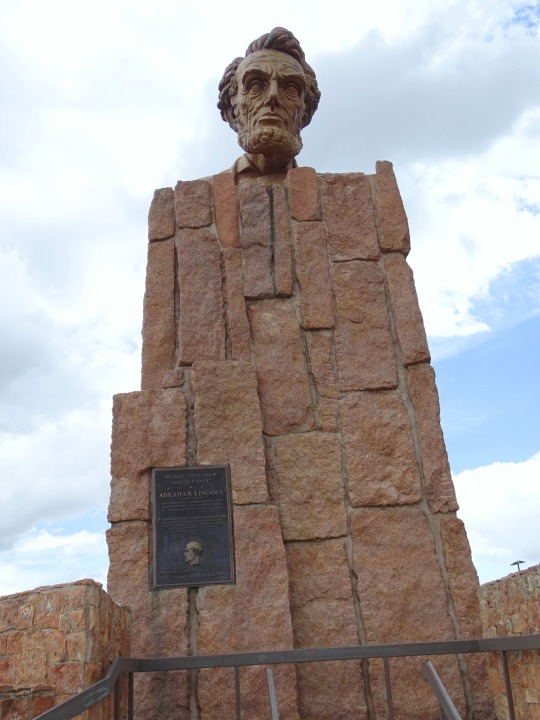
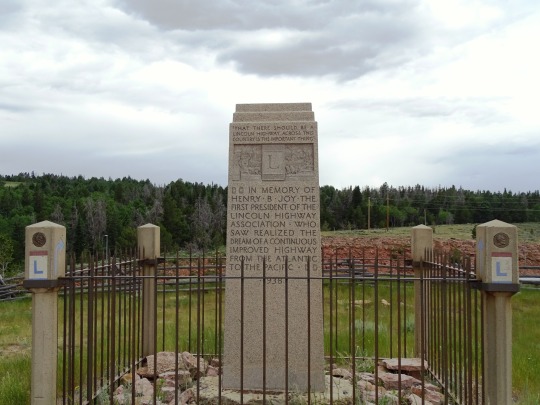

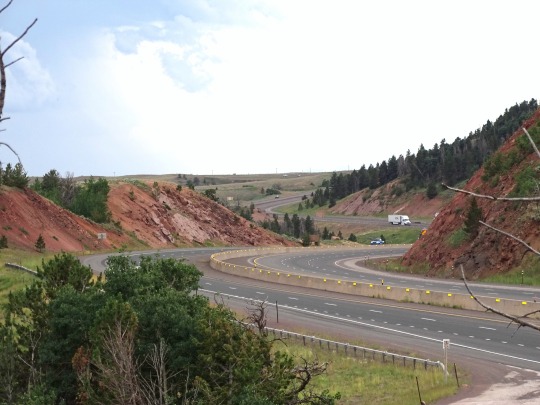
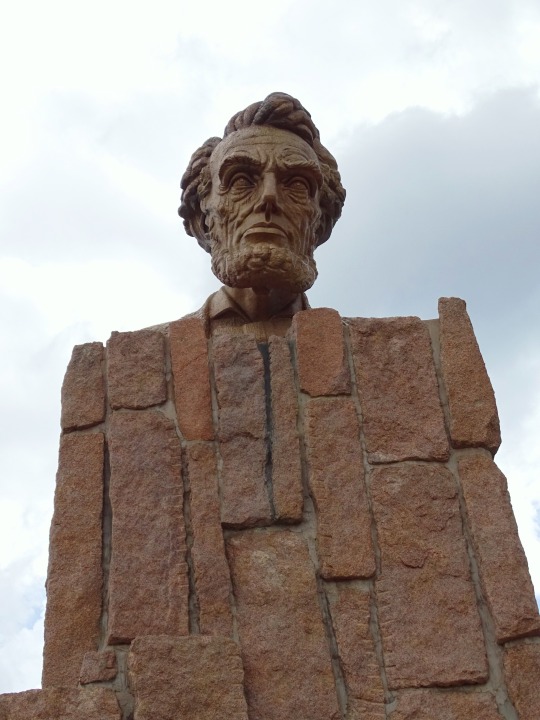
Clouds (No. 830)
WickBeumee Wildlife Habitat Management Area, WY (five pics)
Sherman Summit, WY (five pics)
#WickBeumee Wildlife Habitat Management Area#landscape#countryside#Rocky Mountains#meadow#grass#flora#original photography#blue sky#clouds#tourist attraction#landmark#Mountain West Region#Sherman Summit#Abraham Lincoln by Robert Russin#Wyoming#road trip#Lincoln Highway#Interstate 80#I-80#bust#sculpture#summer 2019#origi
3 notes
·
View notes
Photo
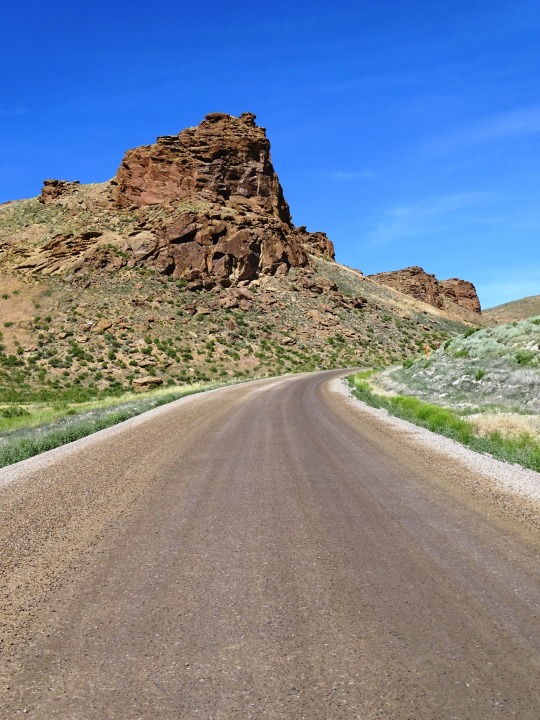


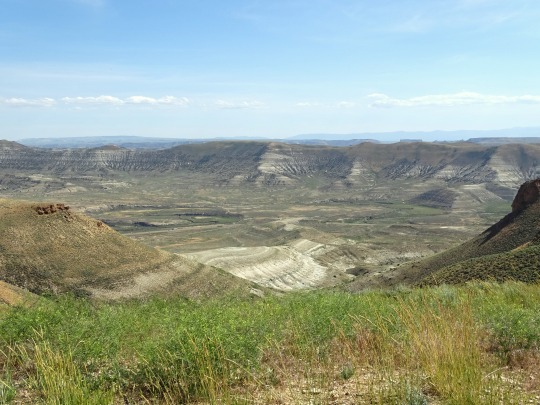



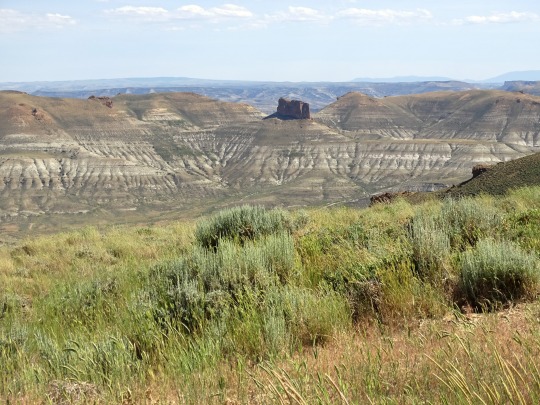
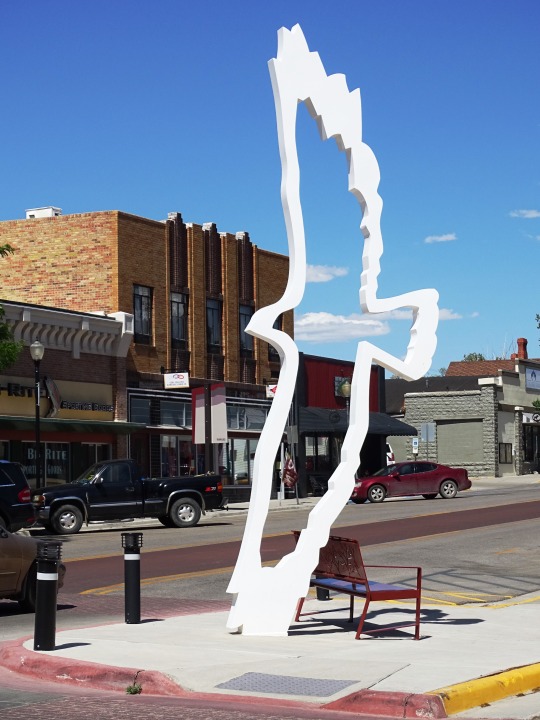

Wyoming was admitted as the 44th U.S. state on July 10, 1890.
#Wyoming#44th US state#10 July 1890#original photography#anniversary#US history#landscape#countryside#vacation#travel#summer 2019#USA#tourist attraction#Torrington#architecture#Pilot Butte Wild Horse Scenic Loop#White Mountains#Rock Springs#WickBeumee Wildlife Habitat Management Area#Navigation by Joshua Wiener#cityscape#small town#public art#sculpture
2 notes
·
View notes
Photo

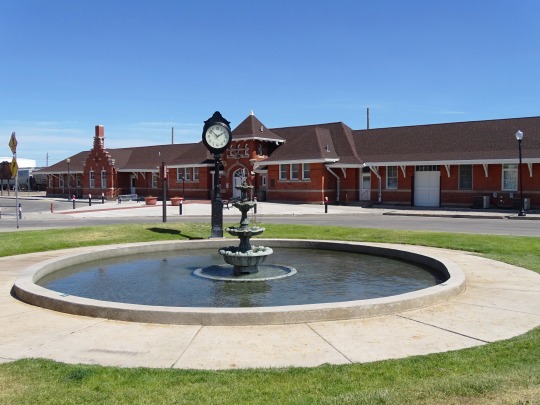
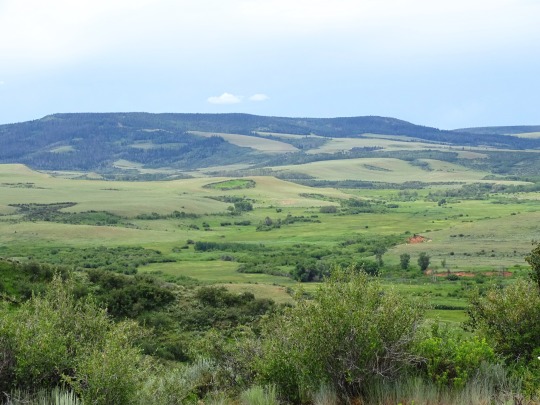
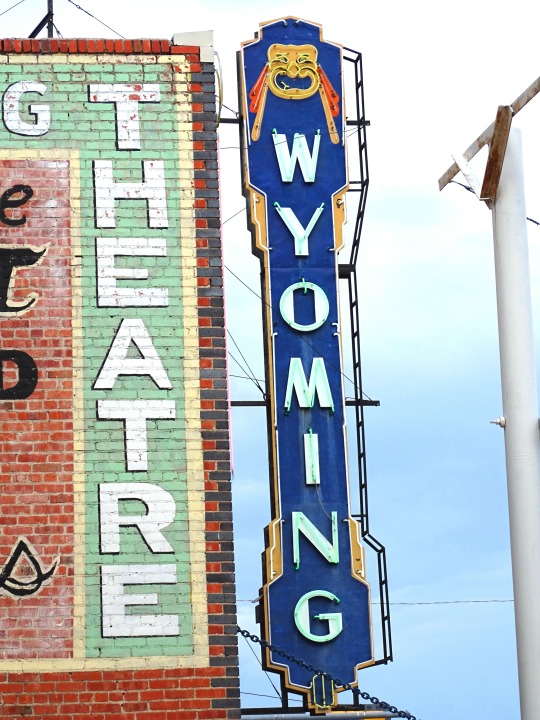
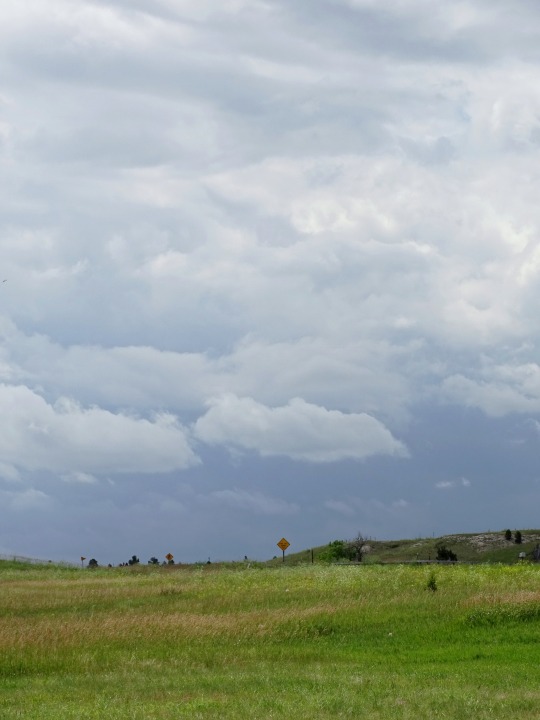
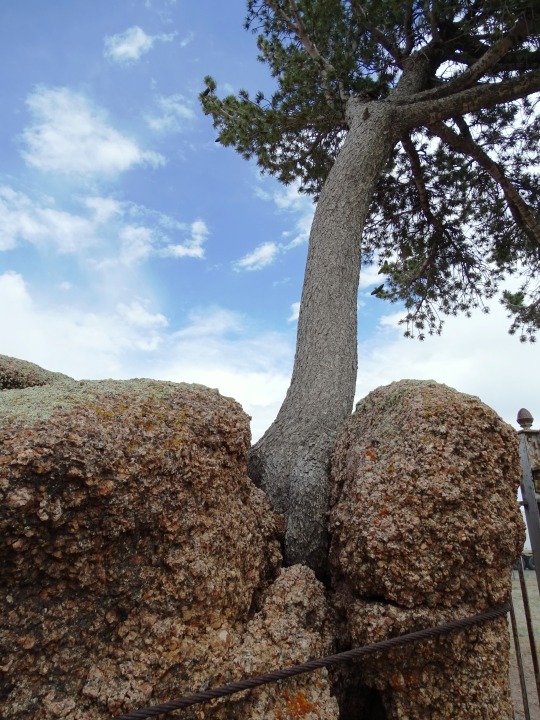
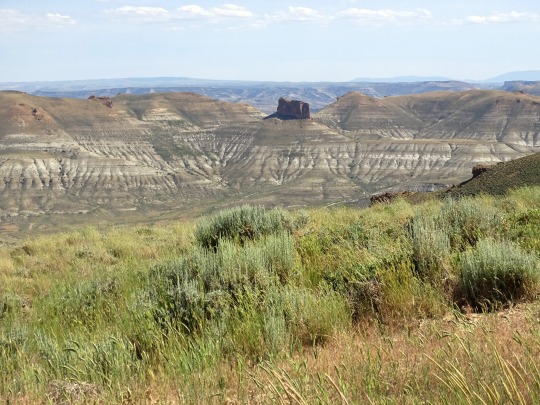

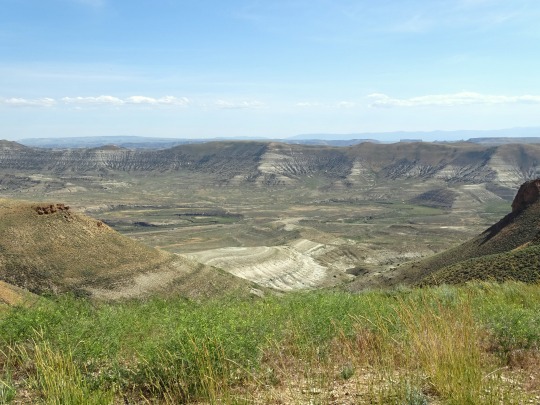
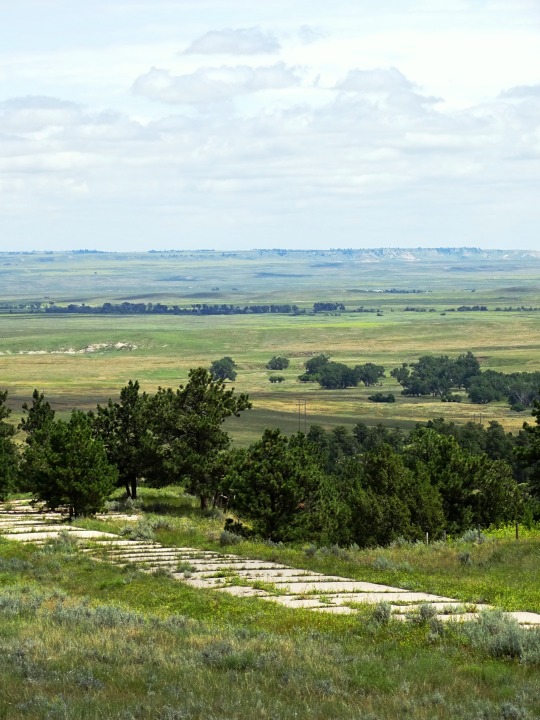
The Wyoming Territory was established on July 25, 1868.
#Pilot Butte Wild Horse Scenic Loop#Rock Springs#Wyoming Territory#travel#established#25 July 1868#anniversary#US history#Wyoming#vacation#summer 2019#landscape#countryside#cityscape#original photography#Rawlins#WickBeumee Wildlife Habitat Management Area#big sky country#Wyoming Theatre Two#Torrington#Lusk#Tree Rock#Navigation by Joshua Wiener
1 note
·
View note
Photo

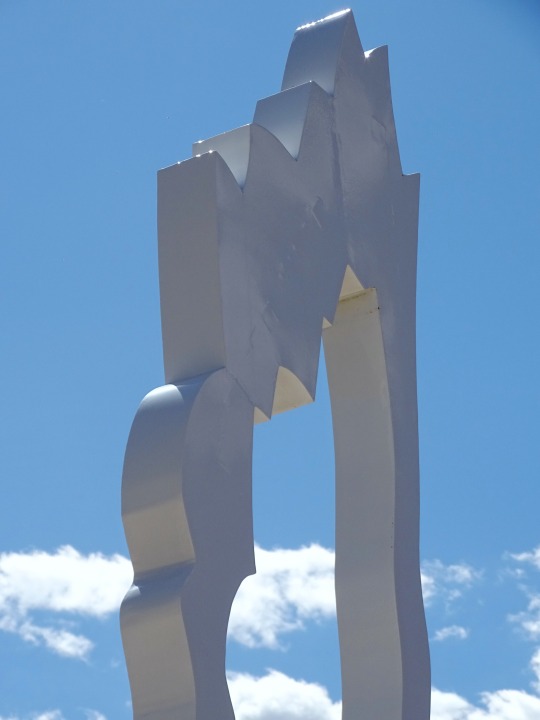








Clouds (No. 518)
Navigation by Joshua Wiener, Rawlins (five pics)
WickBeumee Wildlife Habitat Management Area, WY (five pics)
#Navigation by Joshua Wiener#Our Hawk#public art#Rawlins#Wyoming#WickBeumee Wildlife Habitat Management Area#architecture#cityscape#USA#landscape#countryside#flora#meadow#mountains#forest#woods#clouds#blue sky#tourist attraction#landmark#snow#original photography#summer 2019#travel#vacation#road trip#view#Western USA
5 notes
·
View notes
Photo

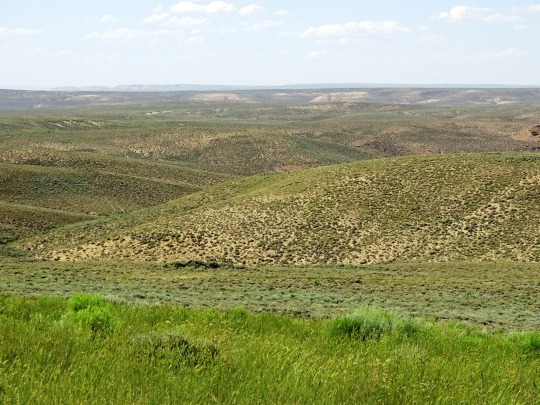

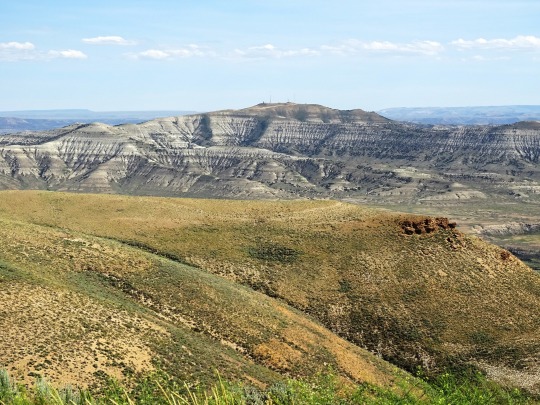
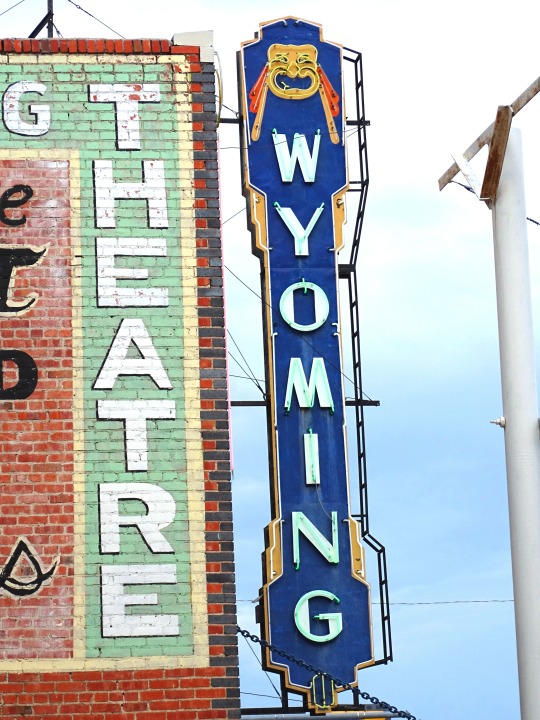
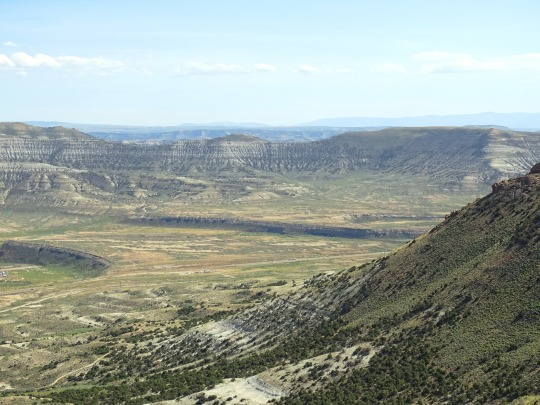
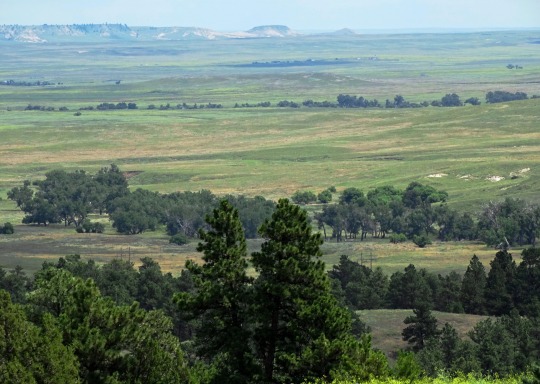
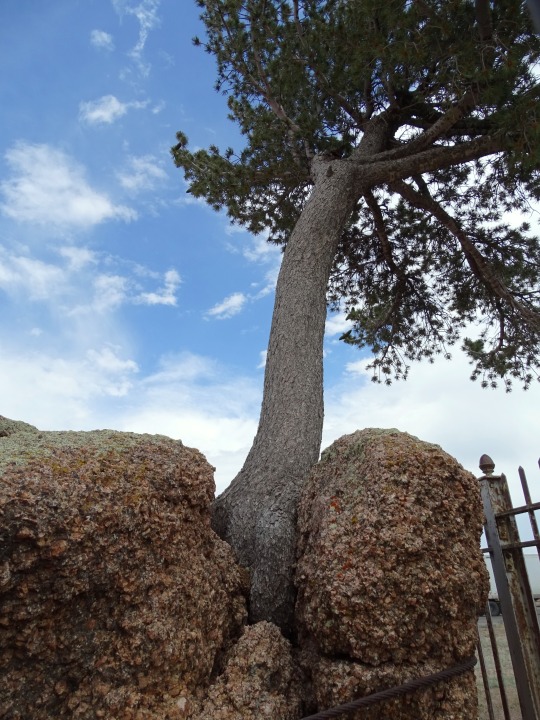
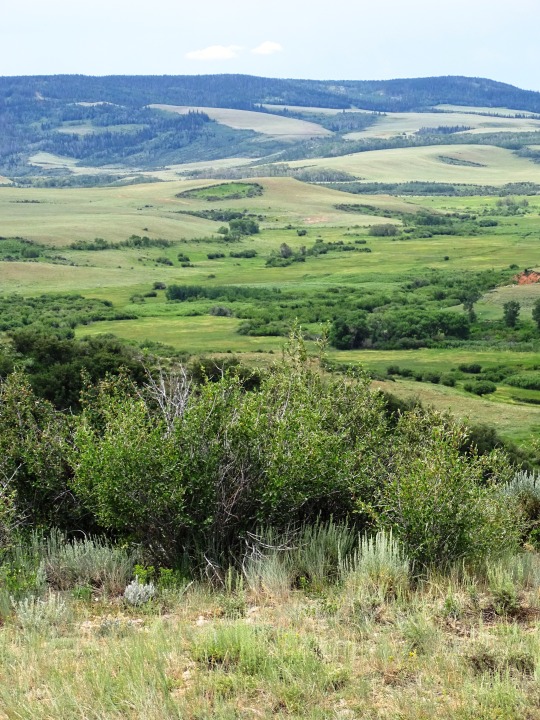
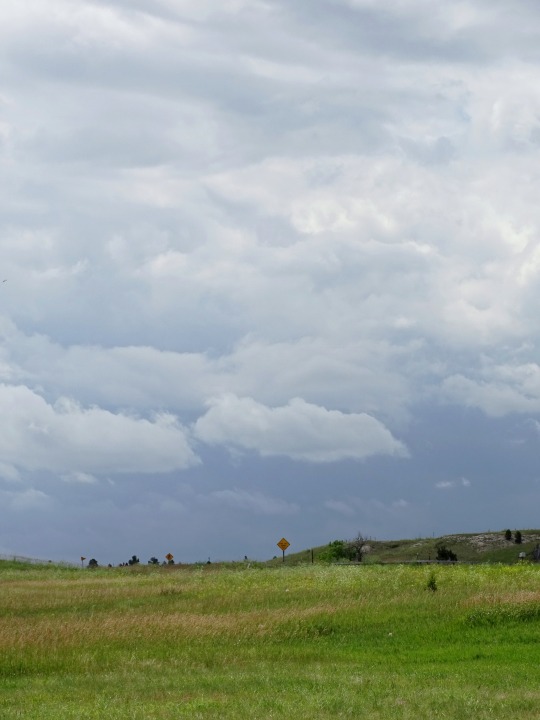
The Wyoming Territory was established on July 25, 1868.
#Wyoming Territory#established#25 July 1868#anniversary#US history#USA#Pilot Butte Wild Horse Scenic Loop#Wyoming#summer 2019#landscape#countryside#cityscape#Rawlins#Torrington#Depot Park#WickBeumee Wildlife Habitat Management Area#Wyoming Theatre Two#sign#Lusk#Tree Rock#Rock Springs#prairie#fauna#nature#dark clouds#Western USA
4 notes
·
View notes
Photo

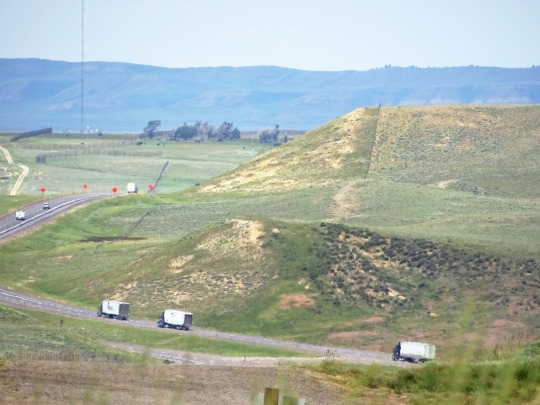
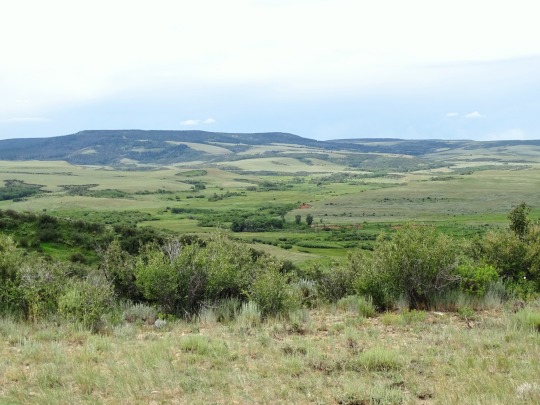
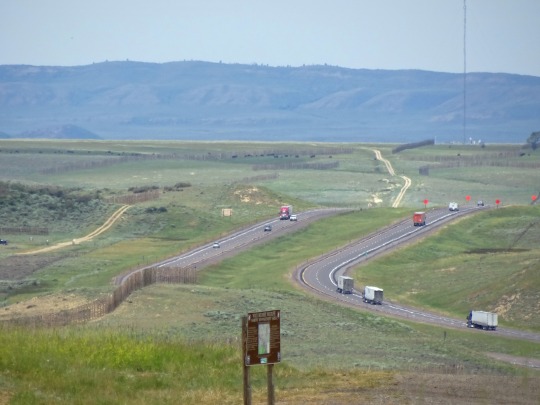
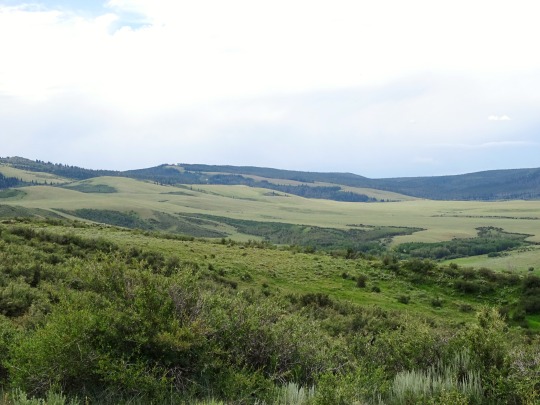
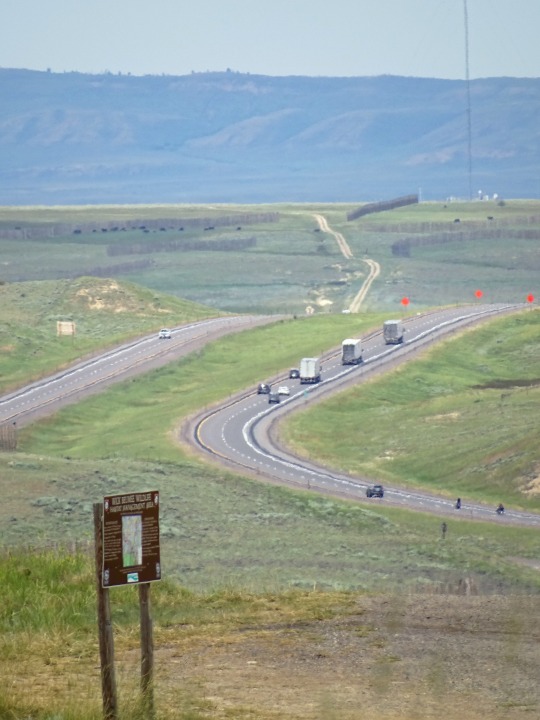

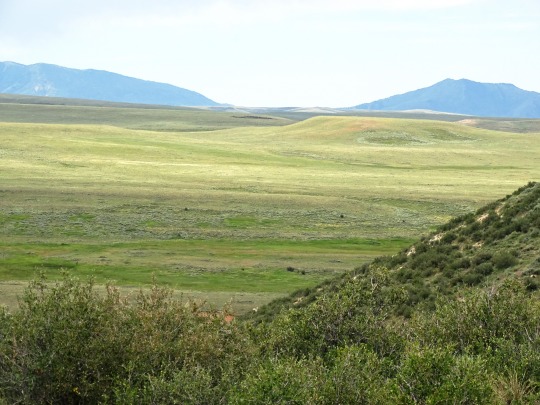

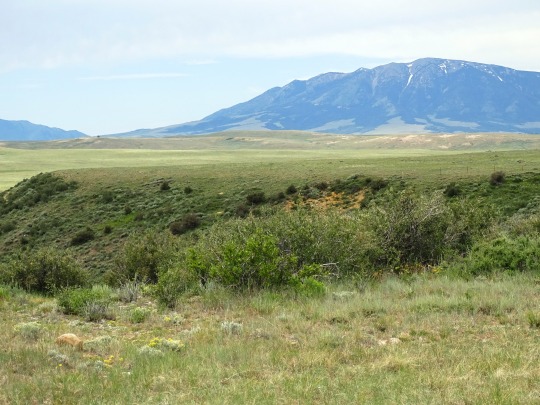
Wick/Beumee Wildlife Habitat Management Area, WY (No. 1)
Arlington (also Rockdale) is a census-designated place (CDP) in southeastern Carbon County, Wyoming, United States. The population was 25 at the 2010 census.
In its earliest years, Arlington was a commercial stop along the Overland Trail. Founded circa 1860, it began with the establishment of a bridge and stage stop at the crossing of Rock Creek, after which it was named until the early twentieth century. In 1983, the community was listed on the National Register of Historic Places as a historic district for its nineteenth-century significance.
In 1882, a post office was established at Rock Creek under the name of "Rock Dale." Except for a gap in 1924 and 1925, a post office with the name of Arlington was operated in the community from 1902 to 1943.
Source: Wikipedia
#landscape#travel#vacation#USA#Western USA#original photography#summer 2019#countryside#WickBeumee Wildlife Habitat Management Area#Interstate 80#I-80#road trip#streetscene#Lincoln Highway#Arlington#flora#nature#view#hills#prairie#truck#car#traffic#or lack of it#Carbon County#fence#grass#meadow#snow#mountain
1 note
·
View note
Photo
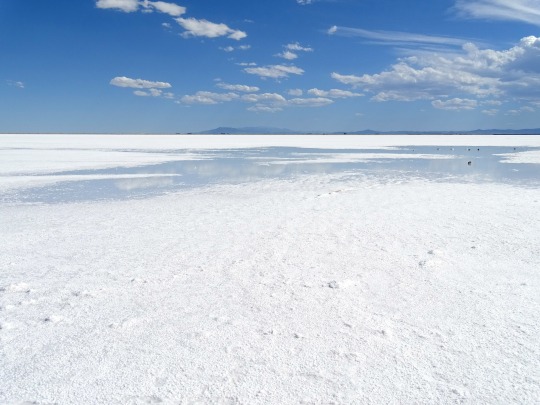



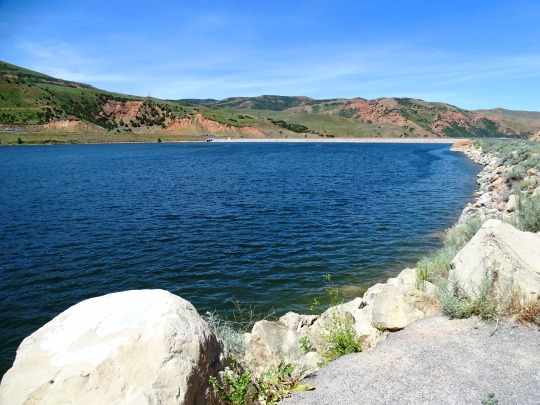
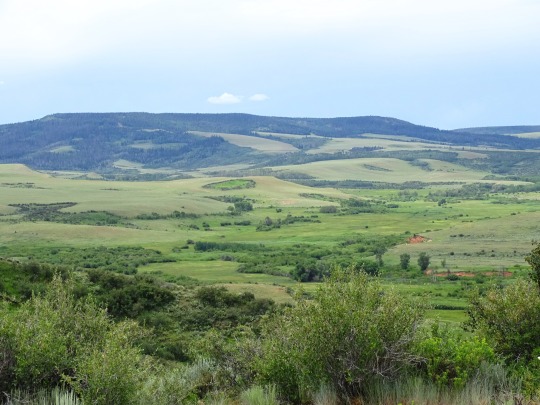
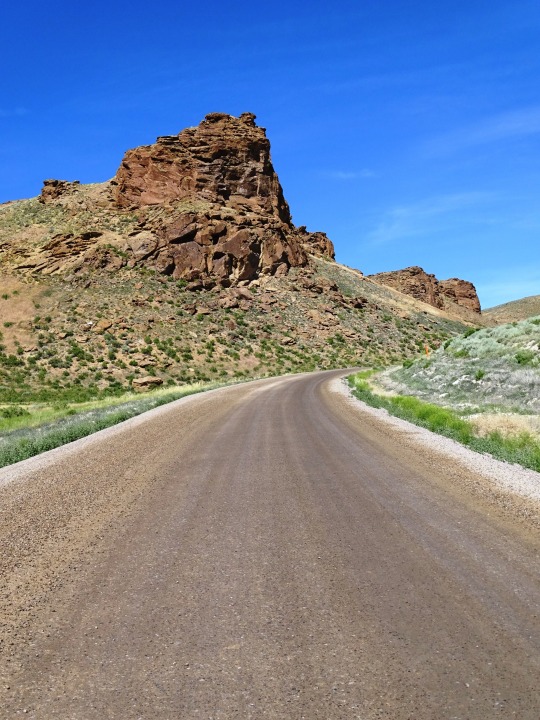
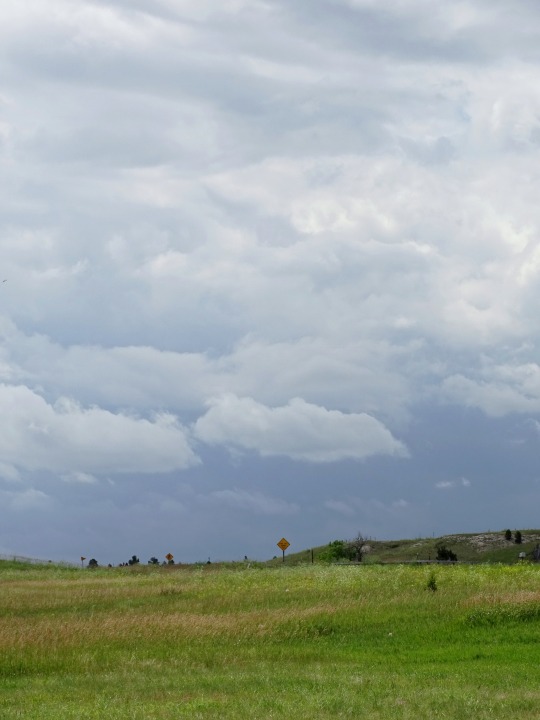

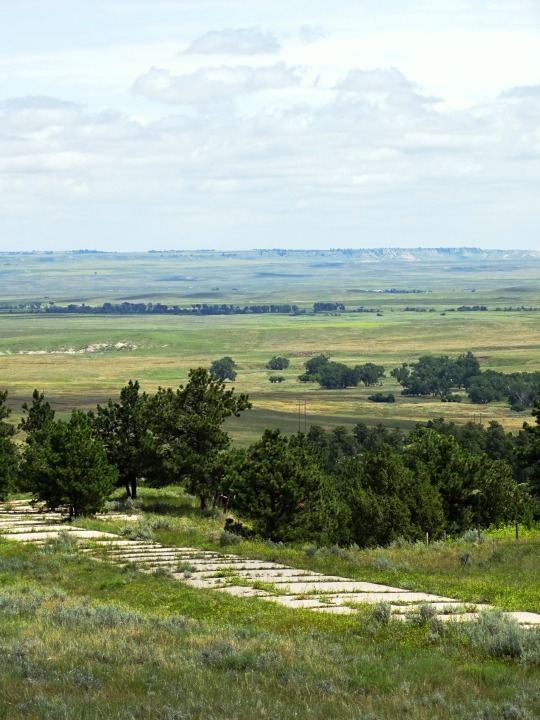
International Earth Day (No. 2)
Earth, due to human activity, is in trouble. The ozone layer’s depleting, ecosystems are being lost and people are starving for food and water. Additionally, endangered species are dying at a faster than average rate.
Earth Day, one of the first global initiatives to protect and help conserve the earth, has become a holiday that strives for change on a global scale. It aims at convincing people that their actions matter in preserving the planet.
History of Earth Day
As the world’s most massive environmental movement and one of the most popular holidays to be celebrated, the idea for Earth Day is rooted in history.
Founder Gaylord Nelson, a former U.S. Senator, thought of the idea after witnessing the 1969 oil spill in Santa Barbara, California. Inspired by the student anti-war movement, he believed it was essential that energy was shifted to concerns about air and water pollution.
His efforts would help put the environmental protection on the political agenda and thus produce change. After continuous work, Nelson helped spread his message to national media and promoted events across the United States. In 1970, 20 million Americans listened and took the streets.
They formed demonstration rallies in support of this cause. Groups that have been previously rallying against environmental factors separately all realized they had shared values, and thus came together on this day.
The first Earth Day since then led to the creation of the United States Environmental Protection Agency. It has also led to the passing of the Clean Air, Clean Water, and Endangered Species Acts. It wasn’t until 1990 that Earth Day spread globally, spreading the message across 200 million people in 141 countries.
The year 2020 will mark the 50 anniversary of Earth Day celebrated around the globe. As a day of action, this day aims to promote environment changes through policy and peaceful protest. Multiple venues host events that showcase the importance of caring for the environment.
They help by teaching people the consequences of their behaviors and how that affects the ecosystem they live in. People also choose on this day to make conscientious changes by recycling more, using less fuel and conserving water.
How to Celebrate Earth Day
Find a local event near you and celebrate Earth Day by learning about what your actions do to the environment. You can also learn why maintaining the earth’s ecosystems is vital to our survival. Sign up for Earth Day’s Educator Network to help organize an event near you, or donate money to their official website.
These funds help in pushing toward environmental policies. Spread the word about Earth Day through social media and let your friends and family know why protecting the earth is essential to you.
Source
#International Earth Day#InternationalEarthDay#22 April#landscape#USA#Utah#original photography#Bonneville Salt Flats#Great Salt Lake#travel#summer 2019#Echo Reservoir#Echo Canyon#Rock Springs#Wyoming#Pilot Butte Wild Horse Scenic Loop#Tree Rock#big sky country#clouds#WickBeumee Wildlife Habitat Management Area#nature#flora#countryside
0 notes
Photo
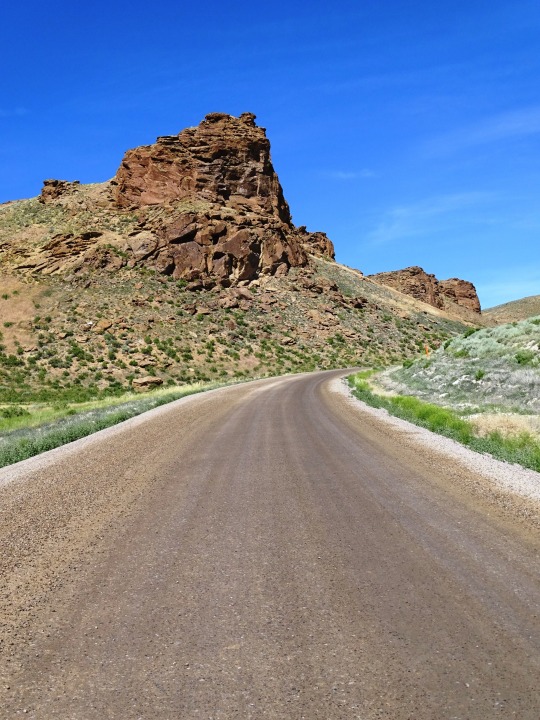


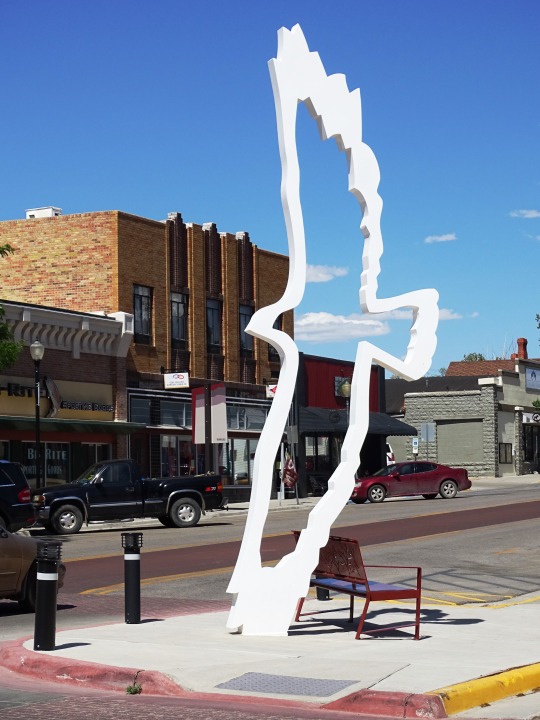
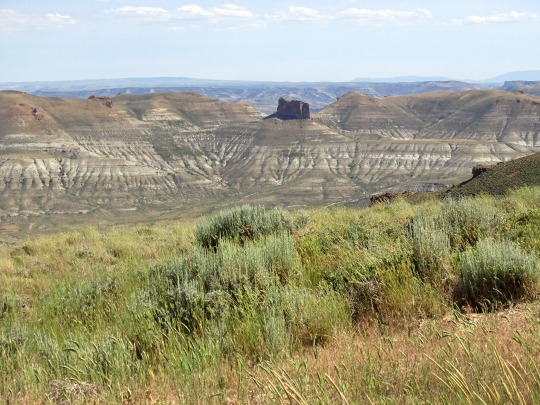
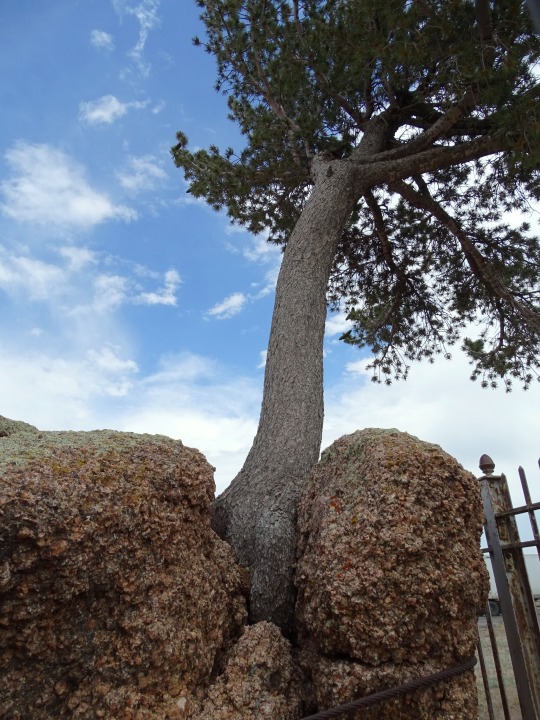




Wyoming was admitted as the 44th U.S. state on July 10, 1890.
#Wyoming#44th US state#10 July 1890#anniversary#US history#travel#summer 2019#Pilot Butte Wild Horse Scenic Loop#landscape#countryside#Navigation by Joshua Wiener#Rawlins#Torrington#Tree Rock#landmark#tourist attraction#WickBeumee Wildlife Habitat Management Area#big sky country#flora#nature#Mountain West#original photography
1 note
·
View note
Photo


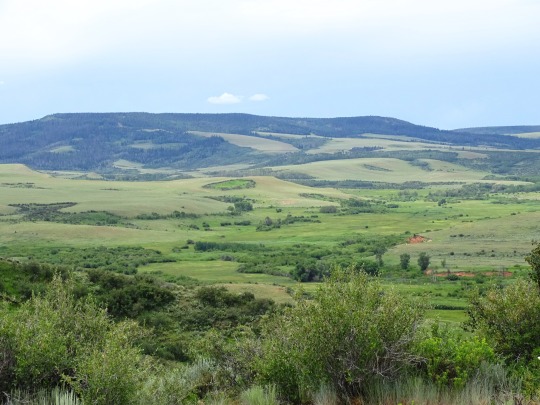


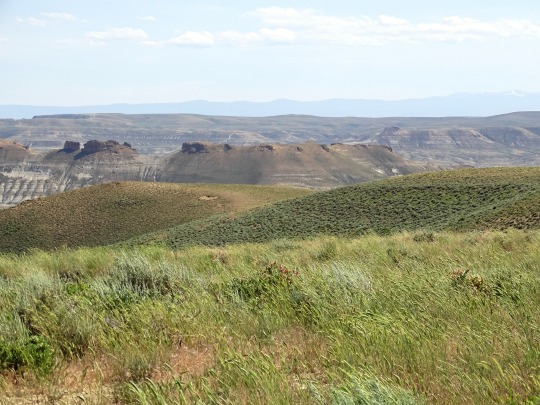
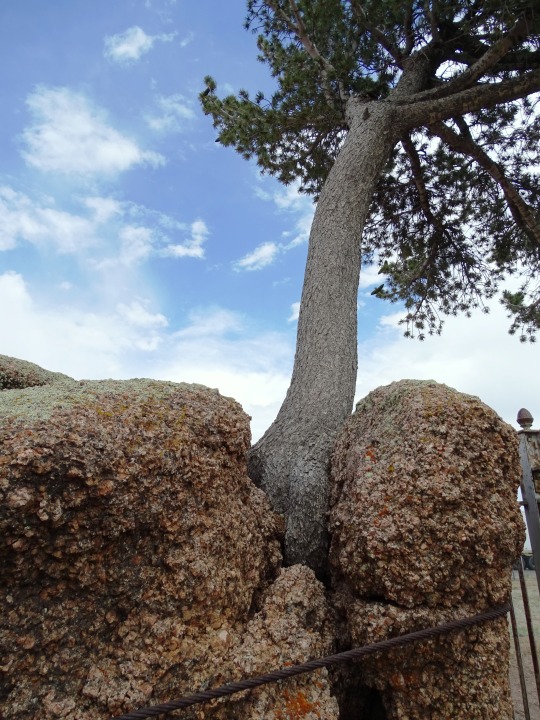
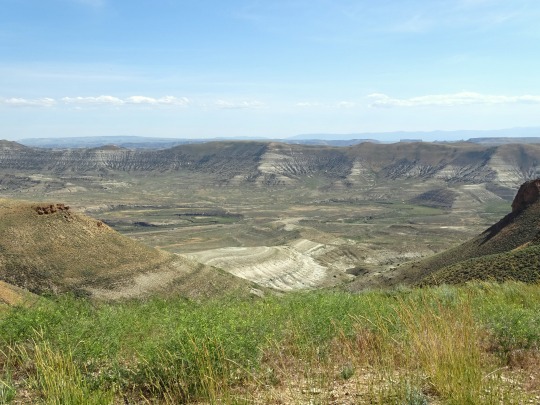

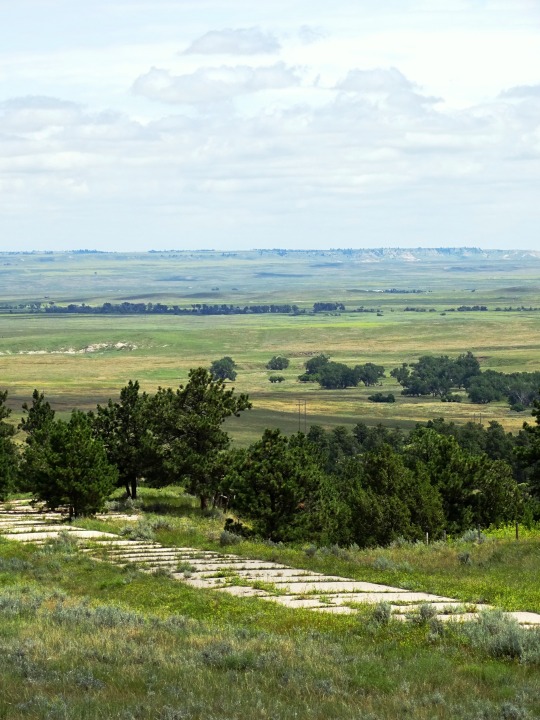
The Wyoming Territory was established on July 25, 1868.
#Tree Rock#Wyoming Territory#established#25 July 1868#Rawlinds#USA#anniversary#US history#original photography#travel#vacation#landscape#countryside#cityscape#small town#architecture#flora#nature#WickBeumee Wildlife Habitat Management Area#Union Pacific Railroad Depot#Torrington#neon sign#Lusk#big sky country#Rock Springs#Pilot Butte Wild Horse Scenic Loop#White Mountain#Navigation by Joshua Wiener#summer 2019
1 note
·
View note